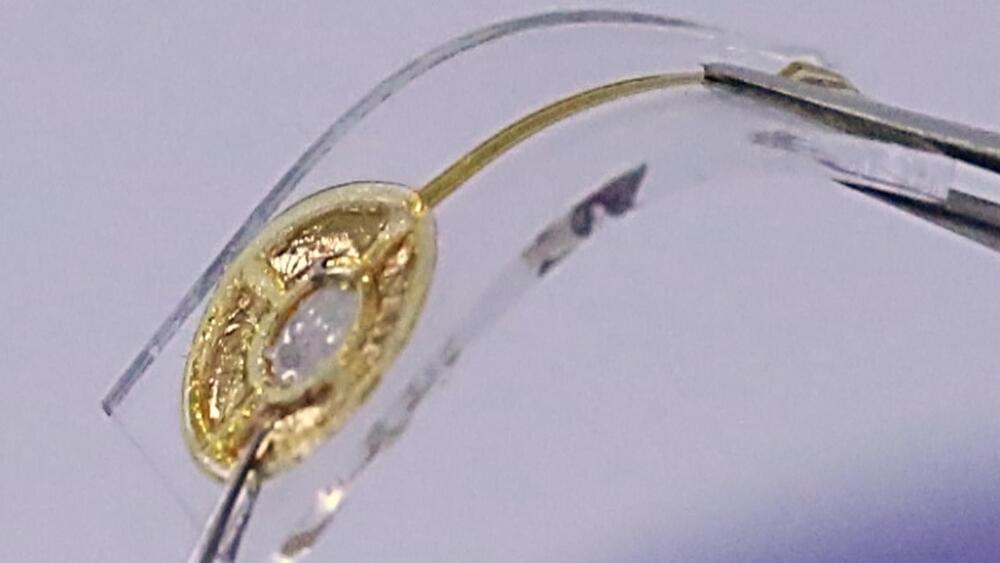Scientists pave the way for new culinary frontiers.
This E-tongue can identify four tastes – saltiness, sourness, astringency, and sweetness – in just a tiny bit of food, and uses deep-learning technology to understand taste. It even works well with different kinds of wines.
The E-tongue is like a super tool that can be used in different industries like food, drinks, makeup, and medicine, explained the researchers in a press release by Daegu Gyeongbuk Institute of Science & Technology (DGIST).
“The novel technology developed in this study is an electronic tongue system that integrates sensors and deep learning and measures complex flavors, and it is a sensor-deep-learning technology that can quantitatively evaluate taste, which was difficult in the past,” said Professor Kyung-In Jang from the DGIST Department of Robotics and Mechanical and Electronic Engineering.







